Pediatric Allergies: Identifying and Managing Allergies in Children


Related products
What is a Paediatric Allergy?
Paediatric allergies refer to an overreaction of the immune system to certain substances, called allergens, in children. According to Dr. Sarah Brown, a paediatric allergist at London's Great Ormond Street Hospital, "Childhood allergies are on the rise, and early identification and intervention are crucial to prevent more serious health issues." This article will discuss the importance of understanding paediatric allergies, their common types, and the most effective strategies for identifying and managing these conditions in children. Parents can explore helpful remedies and products from Welzo’s Children’s Allergy & Hay Fever collection to support symptom relief and prevention at home.
Prevalence and Impact on Children's Health
Recent studies suggest that nearly 1 in 5 children in the UK suffer from some form of allergy. The rise in paediatric allergies can be attributed to various factors, including genetic predisposition, environmental triggers, and lifestyle changes. These allergies can have a significant impact on children's health and quality of life, affecting their physical, emotional, and social well-being. In some cases, untreated allergies can lead to severe complications, such as anaphylaxis, which is a life-threatening allergic reaction.To learn more about Allergies, read our comprehensive guide that covers: Allergies:, Types, Causes, Symptoms, Diagnosis, and Treatment options. If you are looking for treatments for hay fever or general allergens, then visit our extensive page with allergy and hayfever medication and tablets.
Importance of Early Identification and Management
The key to minimising the impact of paediatric allergies on children's health is early identification and proper management. Dr. Paul Turner, a renowned paediatric allergist from Imperial College London, asserts that "Prompt diagnosis and appropriate treatment are essential for improving long-term outcomes and preventing allergy-related complications." Parents, caregivers, and healthcare professionals play a vital role in recognising the signs and symptoms of allergies in children and taking necessary steps to manage them effectively.
Common Types of Paediatric Allergies
Food Allergies
Food allergies are among the most common types of paediatric allergies, affecting approximately 5–8% of children in the UK. These allergies can develop early in life and may significantly impact a child’s nutrition, growth, and overall wellbeing. While some children outgrow their food allergies, others may carry them into adolescence or adulthood. Early identification and management are key to preventing complications and ensuring a balanced, allergen-free diet. Parents concerned about their child’s symptoms can consider using tools like the Food Intolerance Test to help pinpoint specific triggers and guide dietary adjustments. Some of the most prevalent food allergies in children include:
Cow's Milk Allergy
Cow's milk allergy is the most common food allergy in infants and young children, affecting around 2-3% of the paediatric population. Symptoms can range from mild to severe and may include skin rashes, vomiting, diarrhoea, and respiratory difficulties. The majority of children outgrow this allergy by the age of five, but some may continue to experience symptoms into adulthood.
Egg Allergy
Egg allergy is another prevalent food allergy in children, with an estimated 1-2% affected. Symptoms can be similar to those of cow's milk allergy and may also include digestive issues, such as abdominal pain and nausea. Fortunately, many children outgrow their egg allergy by adolescence.
Peanut and Tree Nut Allergies
Peanut and tree nut allergies are more persistent food allergies, often lasting into adulthood. These allergies can cause severe reactions, including anaphylaxis, which requires immediate medical attention. According to the Anaphylaxis Campaign, peanuts are the most common cause of food-related anaphylactic reactions in the UK.
Respiratory Allergies
Respiratory allergies are common in children and can significantly affect their quality of life. The most common types of respiratory allergies include:
Allergic Rhinitis (Hay Fever)
Allergic rhinitis, also known as hay fever, affects around 10-15% of children in the UK. This allergy is caused by airborne allergens, such as pollen, dust mites, and pet dander. Symptoms can include sneezing, nasal congestion, itchy eyes, and sinus pressure. Treatment for hay fever typically involves antihistamines, nasal corticosteroids, and allergen avoidance strategies.
Asthma
Asthma is a chronic respiratory condition that affects around 1 in 11 children in the UK. It is often linked to allergies and can be triggered by allergens such as pollen, dust mites, and pet dander. Symptoms of asthma include wheezing, shortness of breath, coughing, and chest tightness. Dr. Samantha Walker, an expert in respiratory health from Asthma UK, states, "Effective management of asthma in children is crucial, as uncontrolled asthma can have long-lasting effects on lung function and overall health." Treatment options for asthma include inhaled corticosteroids, bronchodilators, and leukotriene receptor antagonists. Products such as the Salamol Inhaler, a commonly prescribed bronchodilator, and the Clenil Modulite, an inhaled corticosteroid, are widely used to manage and control symptoms in children when prescribed by a healthcare professional.
Skin Allergies
Skin allergies are also common in children and can cause significant discomfort and distress. The most prevalent types of skin allergies include:
Atopic Dermatitis (Eczema)
Atopic dermatitis, or eczema, is a chronic skin condition that affects around 1 in 5 children in the UK. It is often linked to allergies and can be triggered by allergens such as food, pollen, and dust mites. Symptoms of eczema include dry, itchy skin, redness, and inflammation. Professor Carsten Flohr, a leading expert in paediatric dermatology at King's College London, highlights the importance of appropriate skin care and allergen avoidance in managing eczema: "Early intervention and consistent treatment can significantly improve the quality of life for children with eczema and reduce the risk of developing other allergic conditions." Using targeted products like Dermalex Eczema Treatment can help soothe symptoms and strengthen the skin’s natural barrier, offering effective relief as part of a daily skincare routine.
Contact Dermatitis
Contact dermatitis is a type of skin allergy caused by direct contact with an allergen or irritant. Common triggers include soaps, detergents, and certain metals like nickel. Symptoms include red, itchy, and inflamed skin at the site of contact. Treatment for contact dermatitis typically involves avoiding the triggering substance and using topical corticosteroids to reduce inflammation.
Insect Sting Allergies
Insect sting allergies are less common but can cause severe reactions in some children. These allergies are typically triggered by the venom of stinging insects, such as bees, wasps, and hornets. Symptoms can range from mild skin reactions to life-threatening anaphylaxis. Treatment for insect sting allergies includes administering an adrenaline (epinephrine) auto-injector in case of severe reactions and seeking immediate medical attention. Preventative measures are also key—using products like the Lifesystems Expedition 50 Insect Repellent Spray and the Suncream Insect Repellent Moisturiser SPF30 can help protect children from insect bites while outdoors, reducing the risk of allergic reactions.
Identifying Paediatric Allergies
Recognising Allergy Symptoms
Identifying paediatric allergies begins with recognising the signs and symptoms associated with allergic reactions. These can vary depending on the type of allergy and may include: Skin reactions: Redness, itching, swelling, and hives Respiratory symptoms: Sneezing, nasal congestion, coughing, wheezing, and shortness of breath Gastrointestinal symptoms: Abdominal pain, vomiting, diarrhoea, and nausea Parents and caregivers should be vigilant in observing any unusual symptoms in their children and consult a healthcare professional for further evaluation.
Risk Factors for Developing Allergies
Several factors can increase a child's risk of developing allergies, including: Family history: Children with a family history of allergies are more likely to develop allergic conditions themselves. Environmental factors: Exposure to allergens, pollution, and tobacco smoke can increase the risk of developing allergies in children. Early childhood infections: Some studies suggest that early exposure to certain infections may increase the risk of developing allergies later in life
Diagnostic Methods
If a paediatric allergy is suspected, healthcare professionals may use various diagnostic methods to confirm the diagnosis and identify the specific allergens involved. These may include:
Medical History and Physical Examination
A detailed medical history and physical examination are essential in the initial assessment of paediatric allergies. This includes discussing the child's symptoms, their onset and severity, potential triggers, and any family history of allergies.
Allergy Tests
Allergy tests can help to identify the specific allergens causing a child's allergic reactions. Common allergy tests include: Skin prick test: This test involves placing a small amount of the suspected allergen on the child's skin and observing for a reaction, such as redness and swelling. Blood tests: Blood allergy tests can measure the levels of allergy-specific antibodies (IgE) in the child's blood, which can indicate an allergy to a particular substance. Food elimination diet and oral food challenge: In cases of suspected food allergies, healthcare professionals may recommend an elimination diet followed by a supervised oral food challenge to identify the specific food allergens involved.
Managing Paediatric Allergies
Allergen Avoidance
One of the most effective strategies for managing paediatric allergies is allergen avoidance. This involves identifying the specific allergens causing a child's symptoms and taking steps to reduce their exposure. This can include creating an allergy-friendly environment by using hypoallergenic bedding, removing carpets, and using air purifiers to reduce airborne allergens.
Medical Treatment
Medical treatment for paediatric allergies may include: Antihistamines: These medications can help to relieve allergy symptoms by blocking the effects of histamine, a chemical released by the immune system during an allergic reaction. Corticosteroids: Topical, inhaled, or oral corticosteroids can help to reduce inflammation and relieve symptoms of skin, respiratory, and gastrointestinal allergies. Bronchodilators: In cases of asthma, bronchodilators can help to relax the muscles around the airways, making it easier for the child to breathe.
Immunotherapy
Immunotherapy, also known as allergy shots or allergy desensitisation, is a treatment option for some paediatric allergies, particularly those involving airborne allergens, such as pollen and dust mites. This treatment involves gradually exposing the child to increasing amounts of the allergen to help their immune system become less sensitive to it. Immunotherapy can be administered as subcutaneous injections or sublingual tablets and can lead to long-lasting improvements in allergy symptoms.
Emergency Management of Severe Allergic Reactions (Anaphylaxis)
In cases of severe allergic reactions, such as anaphylaxis, immediate medical attention is required. Parents and caregivers should be familiar with the symptoms of anaphylaxis, which can include difficulty breathing, swelling of the face and throat, rapid or weak pulse, and a sudden drop in blood pressure. If anaphylaxis is suspected, administering an adrenaline (epinephrine) auto-injector, such as an EpiPen, is crucial, followed by seeking emergency medical care.
Supporting Children with Allergies
Educating Children about Their Allergies
It is essential to educate children about their allergies, including the potential triggers, symptoms, and appropriate management strategies. This can help to empower them to take an active role in managing their condition and reduce the risk of accidental exposure to allergens.
Working with Schools and Childcare Providers
Collaboration with schools and childcare providers is crucial for ensuring the safety and well-being of children with allergies. This can include creating an allergy action plan, training staff in the recognition and management of allergic reactions, and establishing allergen-free zones within the school or childcare facility.
Emotional Support and Coping Strategies
Living with paediatric allergies can be challenging for both children and their families. Providing emotional support, understanding, and encouragement can help children cope with the stresses and anxieties associated with their condition. It is essential to validate their feelings and offer reassurance, while also teaching them coping strategies, such as relaxation techniques and problem-solving skills.
Encouraging a Healthy Lifestyle
Promoting a healthy lifestyle can help to improve the overall health and well-being of children with allergies. This can include encouraging a balanced diet, regular exercise, and maintaining a healthy sleep routine. Additionally, teaching children the importance of managing stress and practising good hygiene can further support their immune system and overall health.
Conclusion
Paediatric allergies are a significant concern for many families, and early identification and effective management are vital for improving the quality of life for affected children. By working together, parents, caregivers, and healthcare professionals can help to reduce the impact of allergies on children's health and ensure their safety and well-being. As highlighted in this article by Welzo, the online medical journal, understanding the various types of paediatric allergies, their symptoms, and treatment options is essential for providing comprehensive care and support for children living with these conditions.






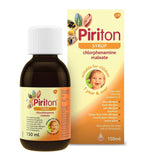

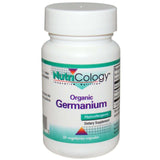
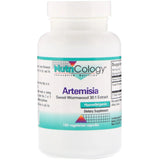












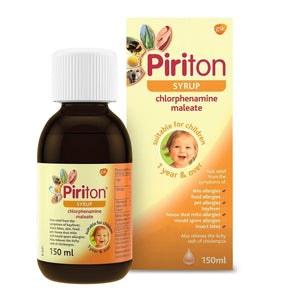


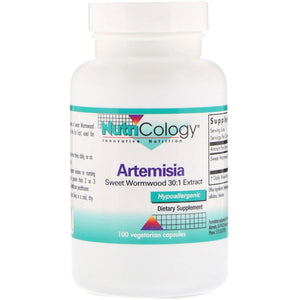
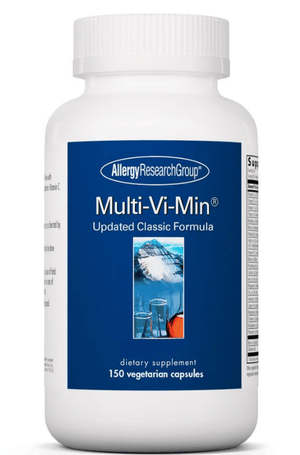


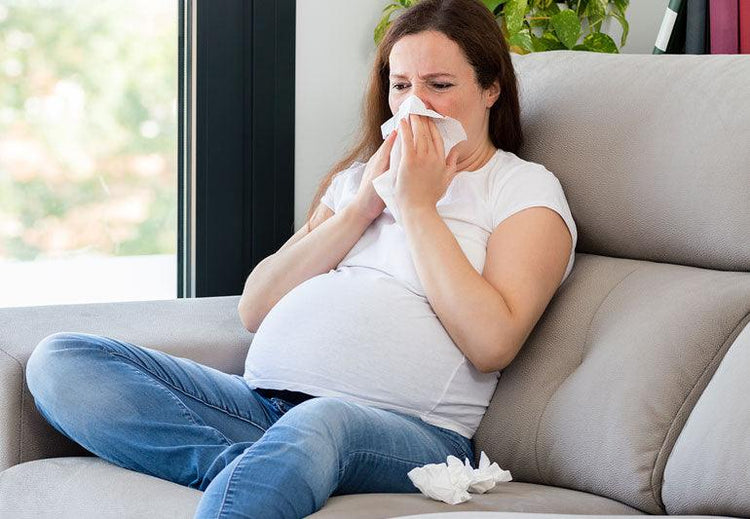
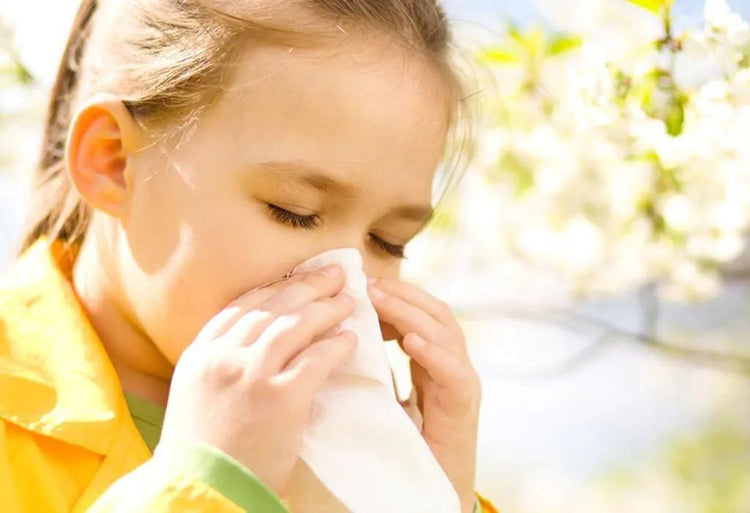





 Rated Excellent by 14,617+ Reviews
Rated Excellent by 14,617+ Reviews